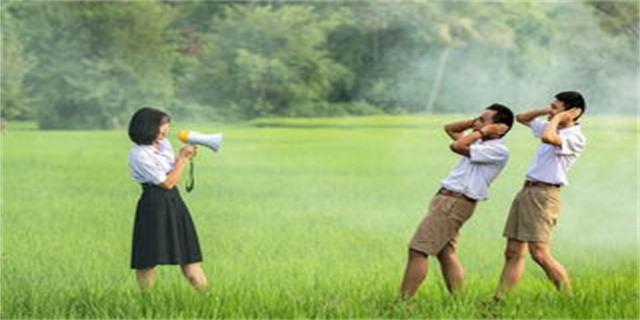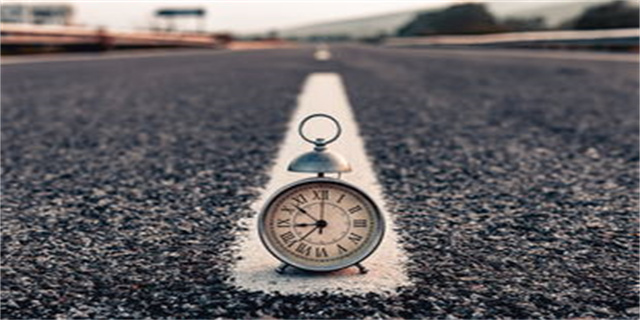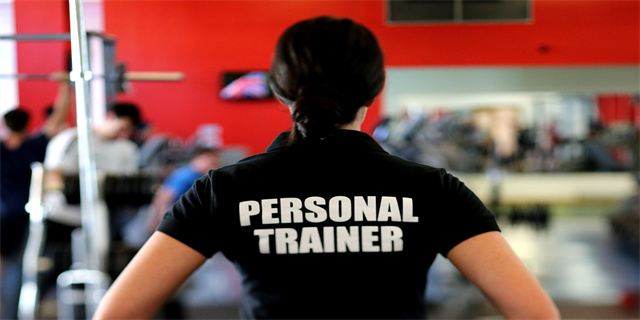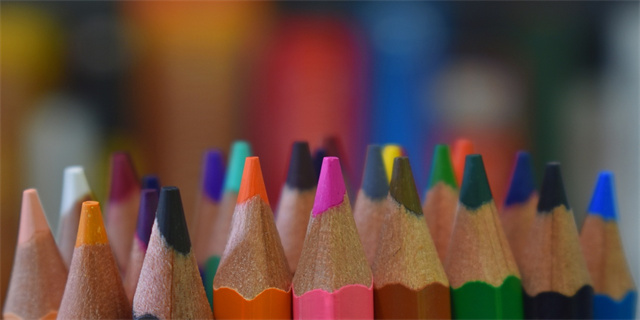lap和leg和thigh的区别(Lap vs Leg vs Thigh What's the Difference)
Lap vs. Leg vs. Thigh: What's the Difference?
Lap: The lap is the area between the waist and the knees when a person is sitting down. It is often used as a resting place for a child or a pet. The lap can also refer to the act of holding someone or something on one's lap.


Leg: A leg is one of the limbs that support the body and allow it to move. It extends from the hip to the ankle and consists of several bones, muscles, and joints. The legs are used for standing, walking, running, jumping, and other physical activities.
Thigh: The thigh is the part of the leg between the hip and the knee. It is the largest and strongest of the leg muscles and is responsible for movements such as walking, climbing, and kicking. The thigh also contains important arteries, veins, and nerves that supply blood and sensation to the leg.

The Anatomy of the Lap, Leg, and Thigh
The lap, leg, and thigh are all part of the lower body and have unique anatomical structures and functions.
The Lap
The lap is primarily composed of adipose or fat tissue. The amount of fat tissue in the lap varies between individuals and can be influenced by diet, exercise, and genetics. The lap also contains important structures such as the femoral artery and vein, which supply blood and nutrients to the legs.

The Leg
The leg is composed of bones, muscles, tendons, ligaments, and other connective tissues. The primary bones of the leg are the femur (thigh bone), tibia (shin bone), and fibula (calf bone). These bones are connected to each other and to the pelvis and ankle joints by a complex network of joints and ligaments. The muscles of the leg can be divided into three groups: the anterior, posterior, and lateral compartments. Each muscle group has a different function, such as extending or flexing the knee, rotating the hip, or stabilizing the ankle.
The Thigh
The thigh is primarily composed of the quadriceps muscle group, which is responsible for extending the knee and flexing the hip. The quadriceps muscles are located on the front of the thigh and are connected to the knee joint by the patellar tendon. The hamstring muscles are located on the back of the thigh and are responsible for flexing the knee and extending the hip. These muscles are connected to the pelvis and leg bones by tendons and ligaments.

The Functions of the Lap, Leg, and Thigh
The lap, leg, and thigh have different functions and are used for various activities.
The Lap
The lap is primarily used for supporting a child or a pet. It can also be used for holding a book, a laptop, or other objects. The lap can be used for relaxation or meditation, such as in the practice of yoga or tai chi.
The Leg
The leg is used for standing, walking, running, jumping, and other forms of locomotion. The legs also play an important role in sports and physical activities, such as soccer, basketball, dance, and gymnastics. The legs can also be used for balance, stability, and support, such as in yoga, martial arts, or weightlifting.
The Thigh
The thigh is used for various movements, such as walking, climbing, and kicking. The thigh muscles are also important for maintaining posture, stability, and balance. The thigh can also be used for endurance, strength, and power activities, such as running, cycling, or weightlifting.
The Importance of the Lap, Leg, and Thigh
The lap, leg, and thigh are important parts of the body that enable us to perform various physical activities and functions. Proper care and attention should be given to these areas to maintain their health and well-being.
The Lap
The lap should be kept clean and free of pressure to prevent skin irritation or infection. Sitting for prolonged periods can cause discomfort or damage to the lap area, so it is important to take breaks and stretch regularly. The lap can also benefit from massage, heat therapy, or other forms of relaxation to reduce tension and promote circulation.
The Leg
The legs should be exercised regularly and stretched to maintain their flexibility, strength, and endurance. Proper footwear and posture can also help prevent injuries or strain to the legs. Any pain, swelling, or numbness in the legs should be checked by a healthcare professional to rule out any underlying medical conditions.
The Thigh
The thigh muscles should be trained and strengthened regularly to enhance their performance and prevent injury. Proper warm-up and cool-down routines can also help prepare the thigh muscles for activity and promote recovery. Any pain or discomfort in the thigh area should be addressed promptly to prevent further damage or injury.
Conclusion
The lap, leg, and thigh are distinct parts of the lower body that have different anatomy, functions, and importance. Understanding these differences can help us care for these areas and maintain their health and well-being. By keeping our lap, leg, and thigh in good condition, we can achieve optimal physical performance and prevent injuries or strains.





